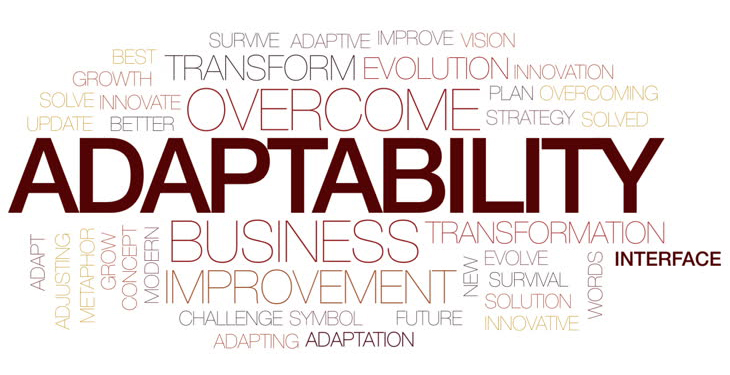The Art of Saying No
 A string of events on a recent project left me in a bit of a quandary. Scope-creep, construction delays, and a little bit of old fashioned miscommunication had me stuck squarely between a rock and a hard place (frustrated client, blown budget, missed deadline, you know the drill).
A string of events on a recent project left me in a bit of a quandary. Scope-creep, construction delays, and a little bit of old fashioned miscommunication had me stuck squarely between a rock and a hard place (frustrated client, blown budget, missed deadline, you know the drill).
The situation didn’t surprise me per se. In fact, I had seen it coming from a distance, and had done my best to manage expectations accordingly. While it was, and always is, my goal to be helpful, but also realistic, it had come to light that I was being perceived as little more than stubborn and unaccommodating. Was the situation a little unfair? Perhaps. Does that matter? Not really.
We’ve all been there before. Ours is an industry fraught with grey-areas and unrealistic-expectations. The bad news? That’s unlikely to change. The good news — there is something we can do about it….
Time to get better at the art of saying no.
You see in light of the event I described above, I had a great conversation with a very successful, and highly respected colleague who said something so simple to me that I don’t think the profundity of it even occurred to him. He casually stated:
“There is an art to saying no.”
Before I go further let me clarify a bit. In our industry the answer is almost never truly “No”. You want a 200″ LED TV that folds up and stows away neatly underneath your patio? Sure thing! What we’re talking about here is the art of expectation management, or more simply, “Yes, but…”
Let’s not waste time on silly hypotheticals (I’ve never had a client ask me to cure cancer or end world hunger). 98 percent of everything that’s ever been requested of me is possible. It’s simply that many times, it’s not possible within the given parameters (namely budget and time-frame). So when faced with this sort of request, what’s an integrator to do?
The key here is simple, always lead with affirmation. Not clear what I mean? Put yourself in a clients shoes and take the following comparisons as an example. Then ask which one would rather hear?
“The built-in streaming media apps on your new TV are little more than unreliably-performing marketing gimmicks, and as such we will not support them.”
versus
“Netflix and Hulu are awesome, but if you really want the best streaming experience I’d highly recommend we look into AppleTV or Roku. Neither are in the current scope but I’m happy to provide an installed-price for you if you’re interested.”
How about one more comparison to drive it home:
“Your iTunes collection is a total mess. Managing all of these files and getting rid of duplicates is going to be a time-vampire and a real pain in the rear. Sorry Charlie, you’re out of luck.”
versus
“This is a common problem, and there are many solutions out there to help. I’m happy to help walk you through some of the options to get you started, but it’s not a service that we can provide in perpetuity for a variety of reasons.”
You see where I’m going here? If you can forgive a little hyperbole in the above examples, I think you’ll get my gist. Unfortunately for me, it took a lousy situation to bring my missteps to light. Trying to be accommodating, while simultaneously protecting profitability, can be an enormously difficult task in our industry. But I’ve found that simple being more aware of how I frame these sorts of discussions has made a palpable difference.
So the next time your faced with a difficult request, make sure you remember to lead first with affirmation, then follow with the limitations or challenges standing in your way. Is it a subtle difference? You bet. Is it an impactful one? Certainly has been for me!
I’d love to know if you get similar mileage out if. So give it a try, and let me know your thoughts in the comments below or shoot me a line on Twitter @JasonGriffing!
As always, happy integrating!





